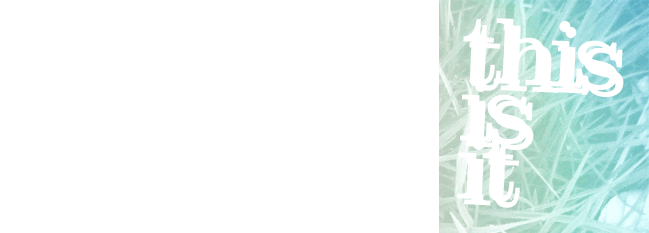
The London Underground map is one of the most enduring pieces of graphic design the world has ever seen. London's subterranean rail network was first built by seperate companies in the late 1800s, but it wasn't until 1906 that anyone produced a unified map for it. Early maps, however, tended to contain a lot of information (such as streets and other local features) and were not consistent in their design.
The first proper map was designed in 1933 by Harry Beck. Beck was an employee of the Underground who realised that as much of the travel took place beneath the surface, the physical locations of the stations were irrelevant to travellers who simply wished to get from A to B. Thus, the best design for a map was to make it as simple as possible, making it topographical. Initially, the map and used the minimum of symbols, a tick mark for a station and a diamond for an interchange. Corners were all at 90 or 45 degrees.
Despite the complexity of the work, Beck was paid only 5 Guineas, but continued to on it up until 1960. The design has been updated and modified in certain ways, but Beck's design is still very much key.
For the legibility of the typeface, we have Frank Pick, Chief Executive of London Transport (1913-1938) to thank. Pick was very interested in the visual arts and was responsible for commissioning the font and the iconic Underground logo. Pick asked calligrapher Edward Johnston to design the font in 1915, and after collaboration with Eric Gill (he of Gill Sans fame), Johnston Sans Serif was produced.
The legacy of the map lives on with many tube networks around the world adopting Beck's simple and effective design. The map now stands as a symbol of London, with 60 million reproductions by merchandise companies every year. Additionally, artist Simon Patterson's 1992 work The Great Bear is an excellent spoof of the map, replacing the station names with those of famous characters throughout history.

Lastly, a quote from Frank Pick:
"The test of the goodness of a thing is its fitness for use. If it fails on this first test, no amount of ornamentation or finish will make it any better; it will only make it more expensive, more foolish."
Very true.


No comments:
Post a Comment